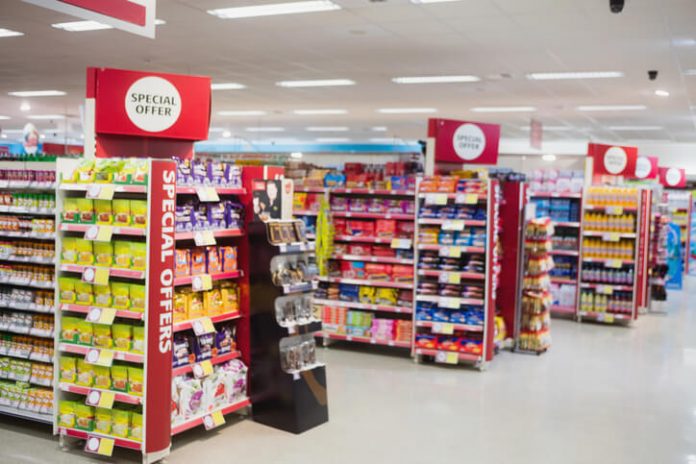Today, active marketing is an integral part of the retail business. But not all promotions are equally effective, and sometimes discounts bring only losses to store owners. In addition, a third of customers believe that retailers are not trying hard enough to provide a high level of personalization.
Personalization is one of the common trends in retail: 80% are more likely to purchase from a brand that provides a personalized experience.
There are two aspects of personalization that customers value most:
- “Smart”-based on analytics, which includes relevant recommendations that anticipate the desires of buyers;
- Recommendations are offered at the proper moment-during shopping and delivered through the correct communication channel.
Personalization quality depends on how successfully the retail chain works with data: it collects, analyzes, and uses it. Therefore, any details are of great importance: user behavior in physical stores and on the website, reaction to advertising banners, habitual ways of obtaining new information, etc.
Why and how to personalize retail store discounts
Companies often think that targeting a massive audience will grow sales and bring more revenue. While this can sometimes work out, the key to better retail sales lies in personalization. So, let’s have a look at why you should customize your store discounts.
-
Faster conversions
People like to feel that they are unique and that their favorite brands treat them individually. As a result, they are 70-80% more likely to use a personalized discount that they know exists only for them or to run to stocks for all-season discount sales for everyone.
-
Stronger customer loyalty
An individual approach in the form of discounts not only helps convert but also helps retain customers. Just think of it: would you instead purchase from a brand that did the research and now offers the product you need or a store that sends the same “New arrivals” message to everyone?
This is why so many customers stay loyal to those stores that provide individual care and show proper appreciation to their consumers.
Now that we know the ‘Why’, let’s discover how your retail store can use personalized discounts.
1. Gather necessary data
When it comes to the retail industry, user behavior online and purchase patterns are the primary data sources for personalization. The correct customer data, such as preferences, likes, dislikes, budget, etc., can help create and offer the correct discounts.
The primary way of personalizing special discounts in your retail business is to use the following information about your customers.
- According to research, when a person hears his name, a specific area associated with self-representation is activated in their brain. The most straightforward format for such personalization is to refer to the client by name in letters and mailings.
- Purchase history: Consumers feel unique and valued by receiving letters and recommendations tailored to their interests.
- Interests, hobbies, and preferences: the main focus of your retail store goes on what your customers like, dislike, how they complete different tasks, what products they are looking for, etc.
Once you have the data, group your target audience according to their customer behavior, habits, interests, etc. This way, it’s easier for you to understand the type of discount personalization for each group.
2. Remember important dates
One of the most straightforward ways to customize promotional offers is to follow a calendar. Special holidays such as Christmas and Easter, anniversaries like your customer’s first purchase are the days you can leverage for your retail store.
How? For example, you can send an email wishing Happy Holidays and offer a special discount on Christmas mugs and candles. While this reminds your customer that you care to remember about them, it’s also a great way of driving seasonal sales.
3. Consider different types of personalized discounts
Possibilities seem endless when it comes to custom discounts and coupons for the retail industry. Let’s discuss some of the most commonly used ones that have also proved to be highly effective.
- Discounts based on previous purchases. There’s a significant connection between what the customer has bought before and more likely to buy shortly. Even though it’s almost impossible to make the perfect guess, you can still rely on logic, gather ideas about future purchases, and earn a discount on those products.
- Discounts based on the purchase frequency. If your retail store has a group of customers who keep coming back for new products, it’s time to reward them. A simple loyalty discount will not only make your customer feel special but will also improve your relationship with them.
- Discounts based on region. While this ties back to getting customer data, it’s common among retail stores simply because it gives results. Let’s say you discovered that a good 20% of your loyal customers live in a region where the weather’s scorching. Why not offer them a generous discount or special coupons on sunscreens? They will be more than happy to accept it.
Conclusion
Personalized discounts can make a huge difference in your sales, especially if you’re a retail store in the B2C sector. It’s a practical yet intelligent way to show proper care towards your customers, value and appreciate their loyalty, and reward them. Consequently, they are more likely to come back and purchase from you over and over.



































